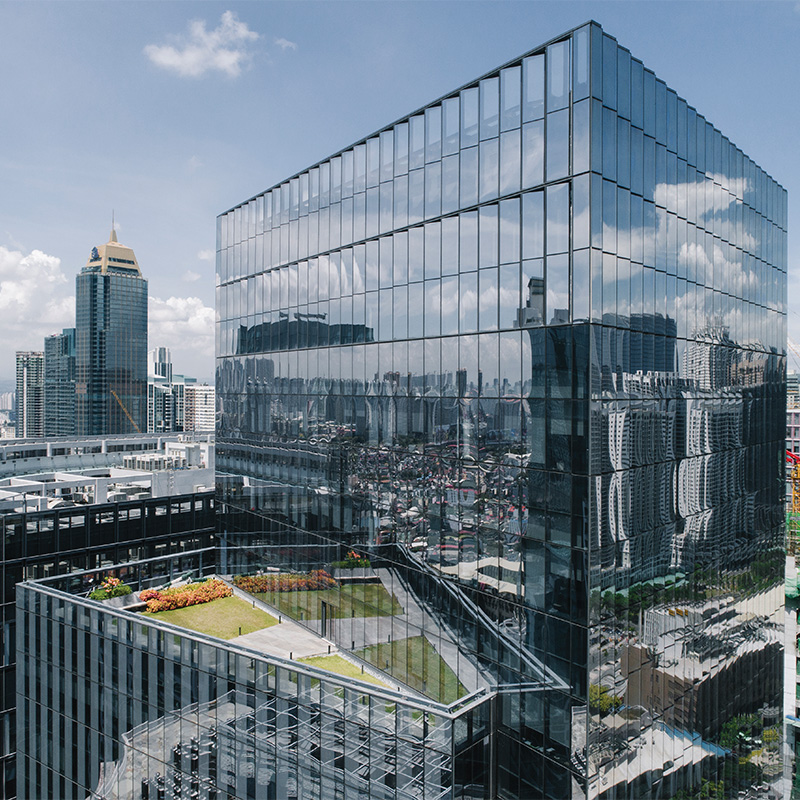
CL: You have worked in Singapore before. JG: Yes, I did. I think I arrived in August 2010, and then I left during the first week of 2012. I was sent here by Arup Associates, an architectural firm in London. I don’t think Arup Sport exists anymore in its original form and is now part […]
Read More… from In Conversation with Jan Glasmeier

The Arthaland Century Pacific Tower (ACPT) is the world’s first building to receive the EDGE Zero Carbon certification [1]. This certification is an international standard developed by the International Finance Corporation, a member of the World Bank Group, that requires stringent measures for energy efficiency—the building’s energy consumption must be offset by renewable forms of […]
Read More… from A CARBON NEUTRAL SKYSCRAPER

SMU Connexion (SMUC), an extension of the Singapore Management University (SMU), is the first net-zero energy building in the city that also showcases mass engineered timber (MET) technology. It is designed to meet the Building and Construction Authority (BCA) Green Mark Platinum certification and the international WELL Building Standard. It has been in operation since […]
Read More… from SMU CONNEXION

Production centres are moving away from their typical energy-guzzling, waste-generating convention. The designs are now more sensitive about their impact on natural resources and ecosystems, seeking to minimise cost, material wastage and energy consumption. The facility is designed to support the production, processing and administrative functions for holistic wellness. Two sets of axes intersect the […]
Read More… from INTEGRATED PRODUCTION FACILITY FOR ORGANIC INDIA

Sky Green is a mixed-use development that consists of two 26-storey residential towers, connected by a walkway that spans five levels. Reinforcing WOHA’s idea of ‘sky villages’, the development offers residents ample communal spaces, with a community plot ratio of 175 per cent. Sky Green features greenery on all sides, making it the first building […]
Read More… from Sky Green

The Singapore Institute of Technology (SIT) and The Joyce Centre for Partnership & Innovation in Canada are two applied learning educational establishments showcasing environmental sustainability, where the buildings themselves act as teaching tools, giving students real-world experience to work on solving real problems and ensuring that the industry has the highly skilled workers it needs. […]
Read More… from Reaching Energy Targets

CONSTRUCTION DECLARES CONSTRUCTION DECLARES is a global petition that seeks to unite professionals in construction and the built sector. It is both a public declaration of our planet’s environmental crises and a commitment to take positive actions in response to climate breakdown and biodiversity collapse. Originating in the United Kingdom in 2019, the movement now […]
Read More… from Dr Hossein Rezai, Serina Hijjas, Lee Chin Wei



